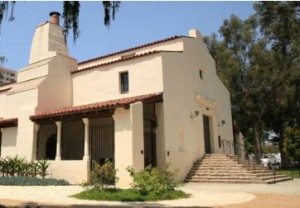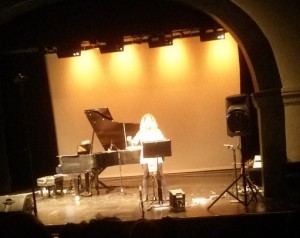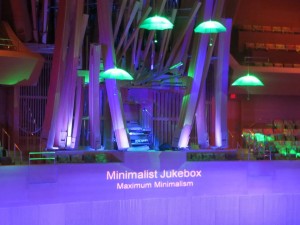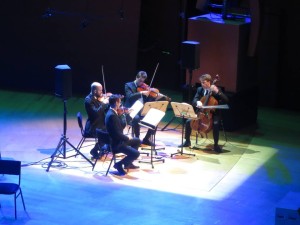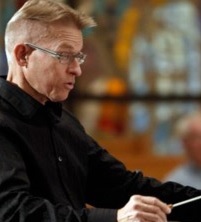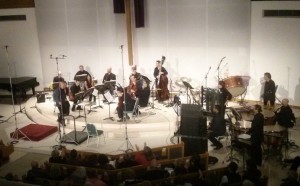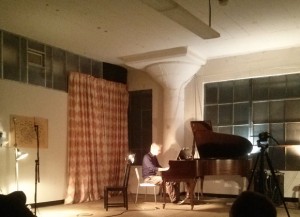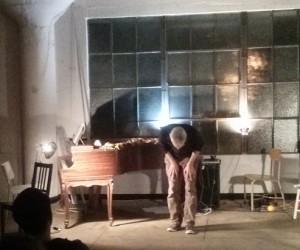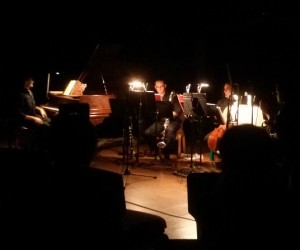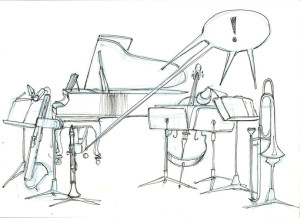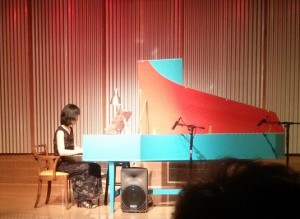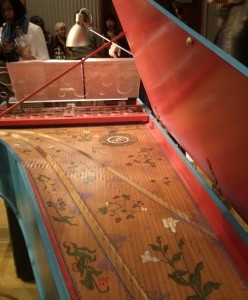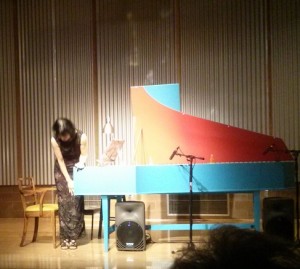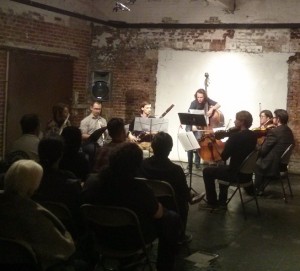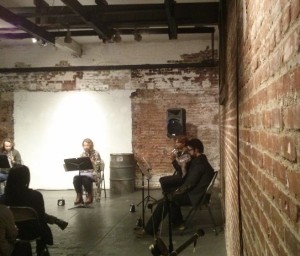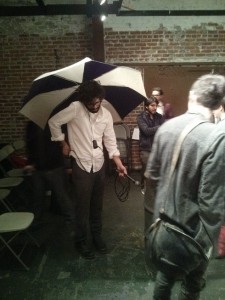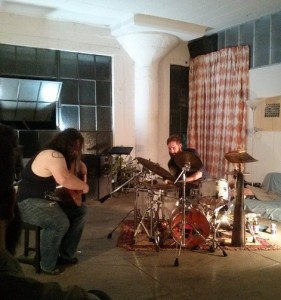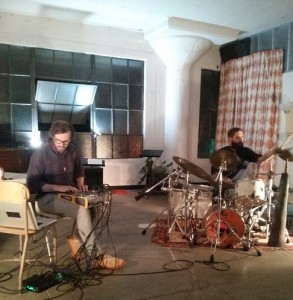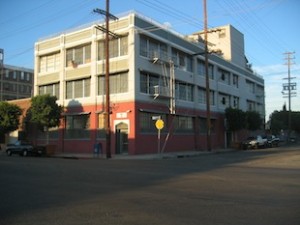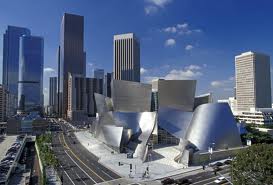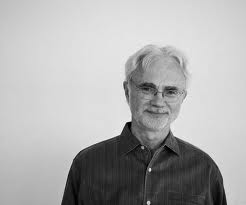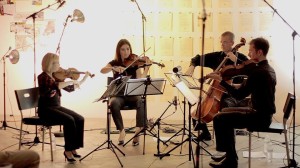 On Sunday, May 25, 2014 the Los Angeles Composers Collective presented New Strings a concert that featured new works by nine different composers and performed by the Fiato Quartet. The venue was Human Resources, a converted movie theater in historic Chinatown and although the performance space is a work in progress, the audience was seated comfortably. The acoustics in this new space were adequate – a dryer environment might have been better to bring out the finer details – but this did not affect the performance.
On Sunday, May 25, 2014 the Los Angeles Composers Collective presented New Strings a concert that featured new works by nine different composers and performed by the Fiato Quartet. The venue was Human Resources, a converted movie theater in historic Chinatown and although the performance space is a work in progress, the audience was seated comfortably. The acoustics in this new space were adequate – a dryer environment might have been better to bring out the finer details – but this did not affect the performance.
The concert began with String Quartet 1 by Jon Brenner and this commenced with a series of fast, precisely played eighth notes that immediately assumed a familiar minimalist texture. This developed a nice groove with effective harmonies and solid counterpoint. As the piece progressed, a section with lower dynamics – dominated by the cello – produced a more introspective feel despite the busyness. Those sequences where there was dynamic contrast and sustained tones in one or more parts were particularly effective. Towards the end of the piece the tempo slowed a bit and a pleasing theme emerged that was passed around among the players. This is music that is always going somewhere; at times it is strident but never out of control and the groove was always carefully maintained. Informed by Jon Brenner’s background in early music, String Quartet 1 is a strongly minimalist piece with a lot of moving parts that work admirably together.
Thoughts on Spring followed, by Alicia Byer. This begins with a series of long, slow notes in the violins, followed by the viola and cello. Trills appear, and with a sustained tone continuing in the viola there is the unmistakable feeling of an awakening. A slow melody is heard for a time and then – after a beat or two of silence – fast trills in the viola mark the start of a stronger, more animated section. As the volume and tempo increase there is a feeling of incipient undeniability, especially strong in the lower strings, like the emergence of the first flower shoots of spring. Thoughts on Spring is just that, and this music artfully describes the yearly process of natural renewal.
At the Warren by Carlos Carlos was next and this is a piece that is unashamedly about rabbits. Full of variously bouncing pizzicato or tremolo sounds – and often with a dance-like feel – At the Warren nicely captures the energy and movement of rabbits in the wild. At times this piece turns smoothly pastoral and was reminiscent of early 20th century English music. There was a section that quietly conveyed stealth and careful movement and other passages that expressed a more lighthearted feeling or a sense of purposeful journey. The book Watership Down came to mind. At the Warren is not abstract or difficult music, but it clearly and convincingly sketches out its subject matter.
Miniature for String Quartet No. 6 by Gregory Lenczycki followed. This began with a series of strong quarter notes that gave off an edgy feel that only increased as the rhythms became syncopated. As the piece proceeded the texture turned smoothly melodic, providing a good contrast with the opening passages. Further along there was a return to the strident rhythms of the opening and a disconnected melody emerged that enhanced the building sense of tension. The barely cohesive structure at the conclusion completes the feeling of uncertainty that characterizes this piece and makes it an interesting sojourn.
The first half of the concert concluded with Four Impressions by Nicholas White. The first of the four sections was dominated by low trills in the violin, joined by a faster repeating line in the viola. This combination generated a sense of mystery and anxiety while the second section evoked a more introspective feel with lush chords, high sustained pitches and triplets in the viola. This trailed off agreeably leaving a nostalgic afterglow. The third section continued the warm, expressive feelings with a series of slow chords and some lovely harmonies. The final section provided a fine contrast, full of fast passages in the upper strings that gave a strident and declarative feel to the overall texture. This turned slightly discordant at times, increasing the strongly purposeful feel. Some combinations of notes sounded for all the world like a muted trumpet – adding another interesting facet to this nicely balanced work.
